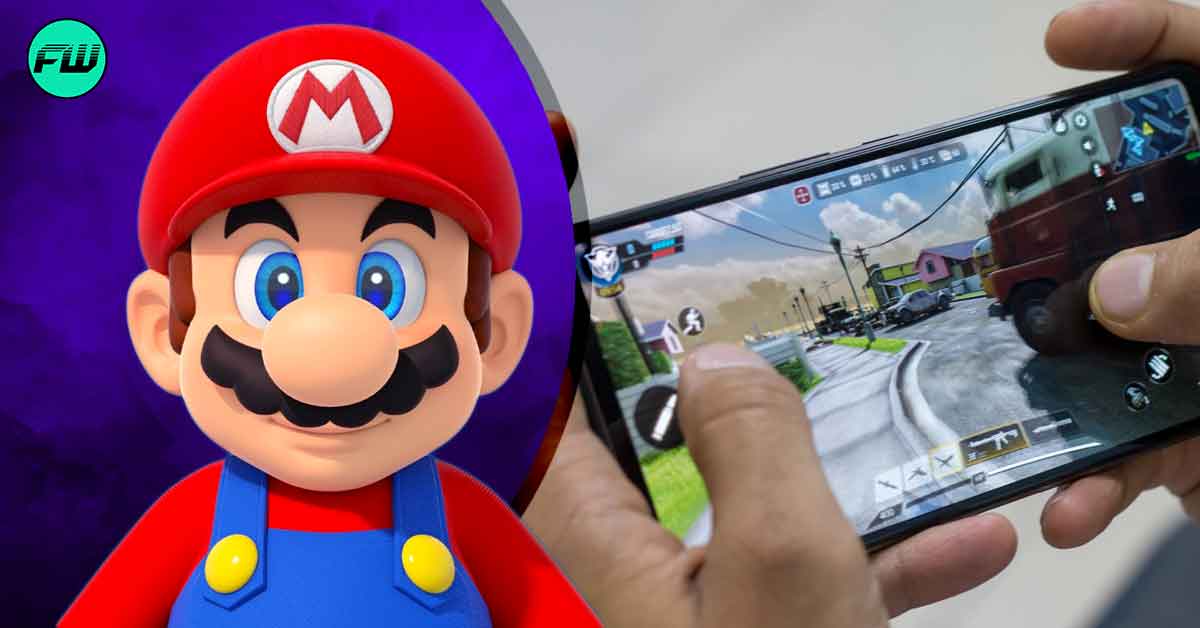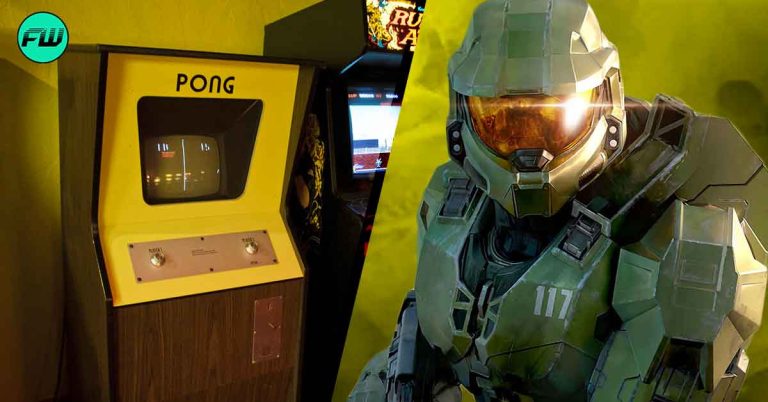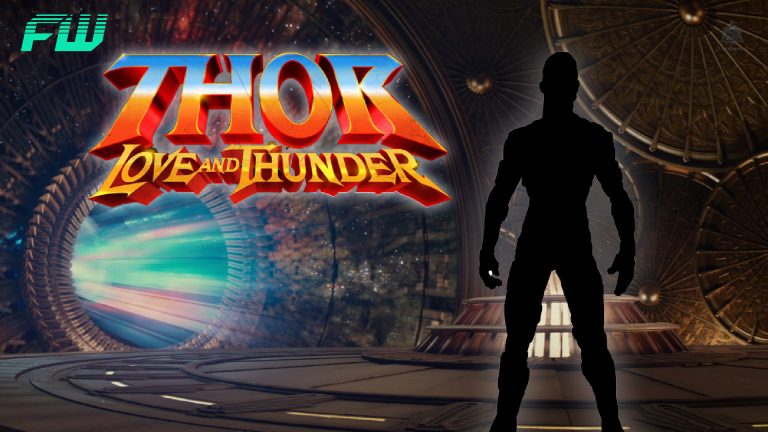From Pong to today’s mobile titles, the evolution of video games took just a little more than fifty years. And this is not much, as it is one of the most exciting industries in tech that made such an intensive leap in development and was worth $220 billion in 2022.
Nine generations of video game consoles have brought many innovative models and products. Some were made to play on the school bus, others to occupy half the space in your living room. Using better storage mediums, they reached the divine state of not requiring them at all, as saving in the cloud is easier. And next to them are PCs, with games that expect progressively better system requirements. This development process never stops! And to learn what the future holds, we need to take a little trip to the past.
The History of Game Sales: From Shelves to Screens
Physical Game Sales: From Arcade Cabinets to Home Consoles
Early beginnings: Arcade cabinets and cartridges
In the beginning, god created Atari. And although the first playable titles came to life earlier, it was 1972 Pong that gave rise to the video game industry as we know it today. Soon, Atari began selling a home version of Pong in 1975, and in later years came the successful releases of the legendary Space Invaders, Pac-Man, and Donkey Kong. Arcade machines became incredibly popular and generated more revenue than pop music. In the meantime, Atari created the first console for cartridges – the Atari VCS 2600. And this moment provoked a serious gaming arms race, as Intellivision and ColecoVision consoles converting titles from arcades hit the market. And while Atari started it all, the company soon suffered a drastic fall connected with the market collapse and the growing PC popularity. The 80s ended with the sudden popularity of Nintendo and its first NES console competing with Sega. And as we know today, its original Mario sold over 40 million copies.
Transition to CDs, DVDs, and Blu-ray discs

From the 1970s to the mid-90s, most home gaming systems used cartridges. But the beginning of the 90s witnessed the replacement of this technology with optical discs: CDs, DVDs, and Blu-rays. It was also when the personal computer became a trusted platform for playing games like the first Civilization, Doom, or FIFA. During this period, Atari and Nintendo focused on creating portable consoles – the latter sold over 118 million units of its legendary GameBoy. And yes, it was also the time of the Sega Saturn or Nintendo 64, but the first PlayStation achieved the best sales success.
Advantages and disadvantages of physical game sales
The number of physical copies sales drops, although their digital counterparts increase. No wonder, with the grand Steam launch in 2004, people began to understand that downloading and playing games on the PC could be easier. Also, newer PCs and consoles like Xbox Series S and PlayStation 5 Digital Edition don’t even have a disk drive. But physical copies still have several advantages, like lower prices or sentimental value. Some players, like half of G2A.COM employees, collect consoles and computers to play their favorite games and relive good old times.
Notable game retailers and their impact on the industry
GameStop played an essential role in gaming industry development by providing publishers access to customers. In those days, the retailer decided about marketing, sales, revenue models, and all this madness surrounding the big release of a physical video game. Like Steam, but made of visible people and buildings.
Digital Game Sales: The Dawn of a New Era
Early digital distribution platform
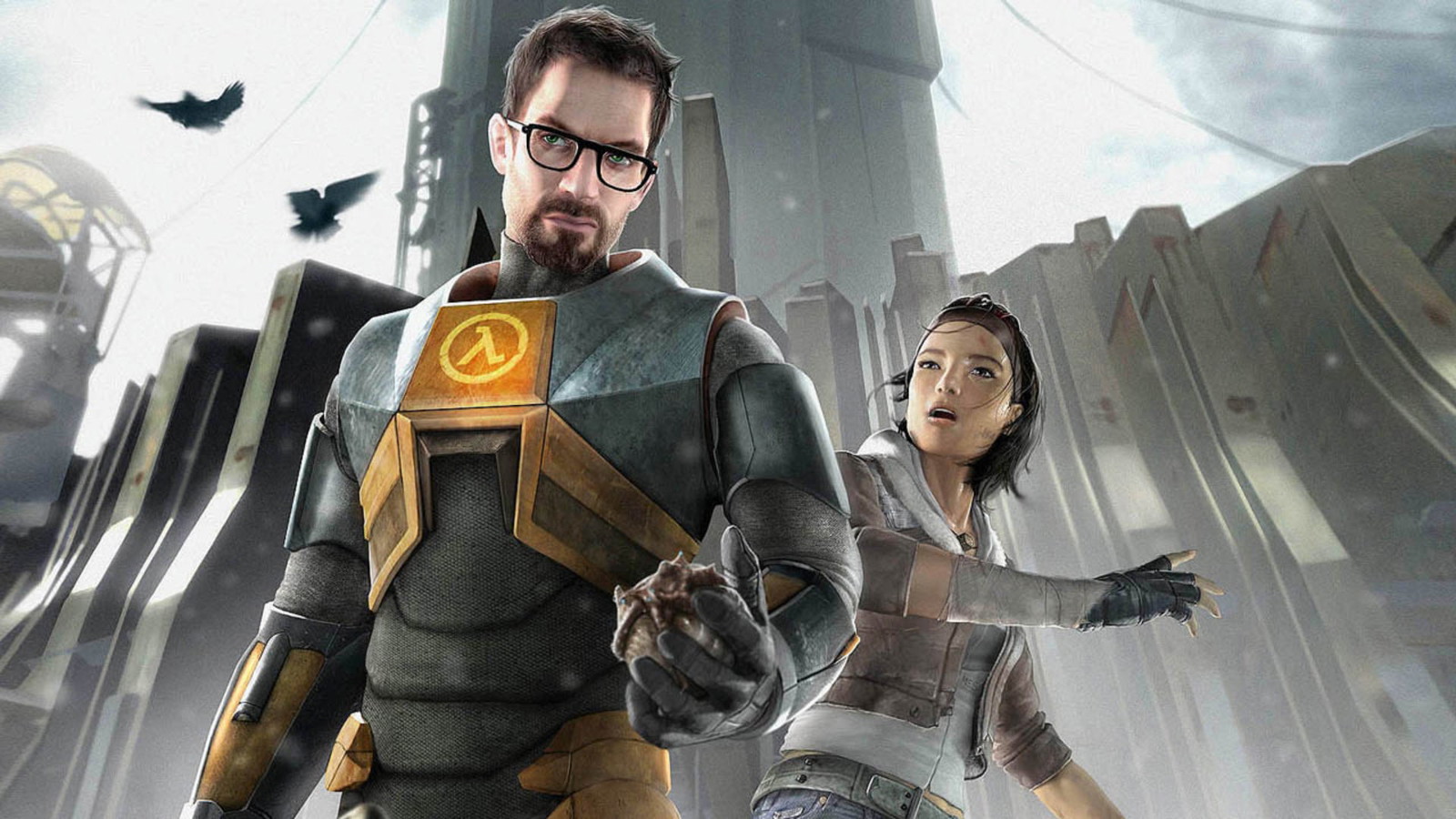
The pioneer of digital distribution in gaming was Blizzard with the Battle.net website launched in 1996. It started modestly, but by 1997 accumulated 1.5 million users and had grown into a perfect place for gaming, chatting, and reading news. The following digital distribution platforms found their source of inspiration. Just like Steam which started by releasing its first games, including Half-Life 2, and is now a mighty app and one of the best places to hang out for gamers. These two had the most significant impact on the shift in video game sales and have been followed by other top platforms like Origin, Epic Games Store, and digital libraries for the latest consoles, such as PlayStation Now or Xbox Game Pass.
Rise of mobile gaming and app stores
The reason for the mobile gaming growth is simple – it is easier and cheaper than traditional alternatives. Millions of users can enjoy a wide selection of fun titles on their smartphones. Developers optimize them for mobile devices, and it initiates the creation of cross-platform titles for everyone to enjoy. This turn in gaming history generated massive revenue for app stores focusing primarily on increasingly better mobile game distribution.
Advantages and disadvantages of digital game sales
The main advantage is clear – players can access the title of their choice whenever they want and without having to travel to the local store. But publishers must do their homework first to achieve partial victory. So before releasing a title, they earn an age rating and deal with different currencies, taxes, and online store policies. That’s quite a lot of work for a game that may not become a success.
Comparing Physical and Digital Game Sales
Sales of physical video games fell to 10% in 2022, and console users still buy more than PC owners. One of the fundamental reasons is the availability of digital titles, which has proven itself during the Covid-19 pandemic. And something much more trivial – nobody likes getting up from the couch. Plus, producing millions of copies of plastic media doesn’t help with the world’s increasing pollution. And digital video games are available all over the internet, app stores, and online platforms – often at better prices than the physical classics getting more expensive with each passing year.
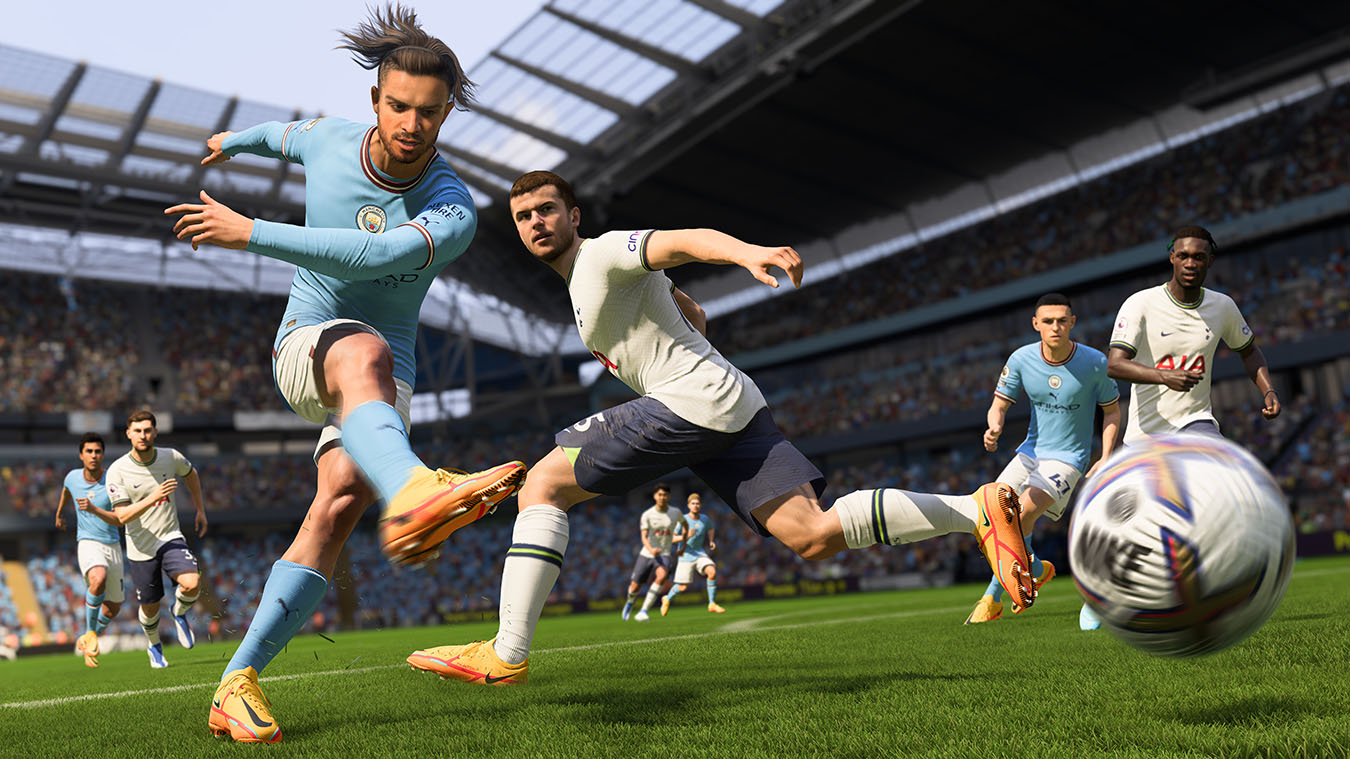
The Future of Game Sales: Hybrid Models and Streaming Services
Soon, the conflict between physical and digital products may lessen with the introduction of hybrid models that combine features of both. And it’s high time for gaming Netflix which is easier said than done. Surprisingly, the main obstacle is the internet connection. To make it work, creators need an affordable game-streaming strategy that would be better than today’s game-as-a-service. But if none of these solutions seem reasonable, you can always complete your console game collection with G2A.COM (check out their current console games sale).
Conclusion
The gaming industry is constantly changing. Starting from a beeping box without a screen, it evolved into something that we can’t even comprehend with our minds. Generations of developers, retailers, publishers, programmers, and engineers worked hard to turn the floppy disk into a digital entity of unimaginable capacity. It’s not even about the conflict between physical and digital games anymore, but our fear that the relics of the past will end in oblivion. That’s why so many players are desperately collecting various retro titles – to preserve and keep them safe forever. Even if one day, the revolutionary PS5 will be a mere antique, and the now competing game distribution methods will become just part of game sales history.

